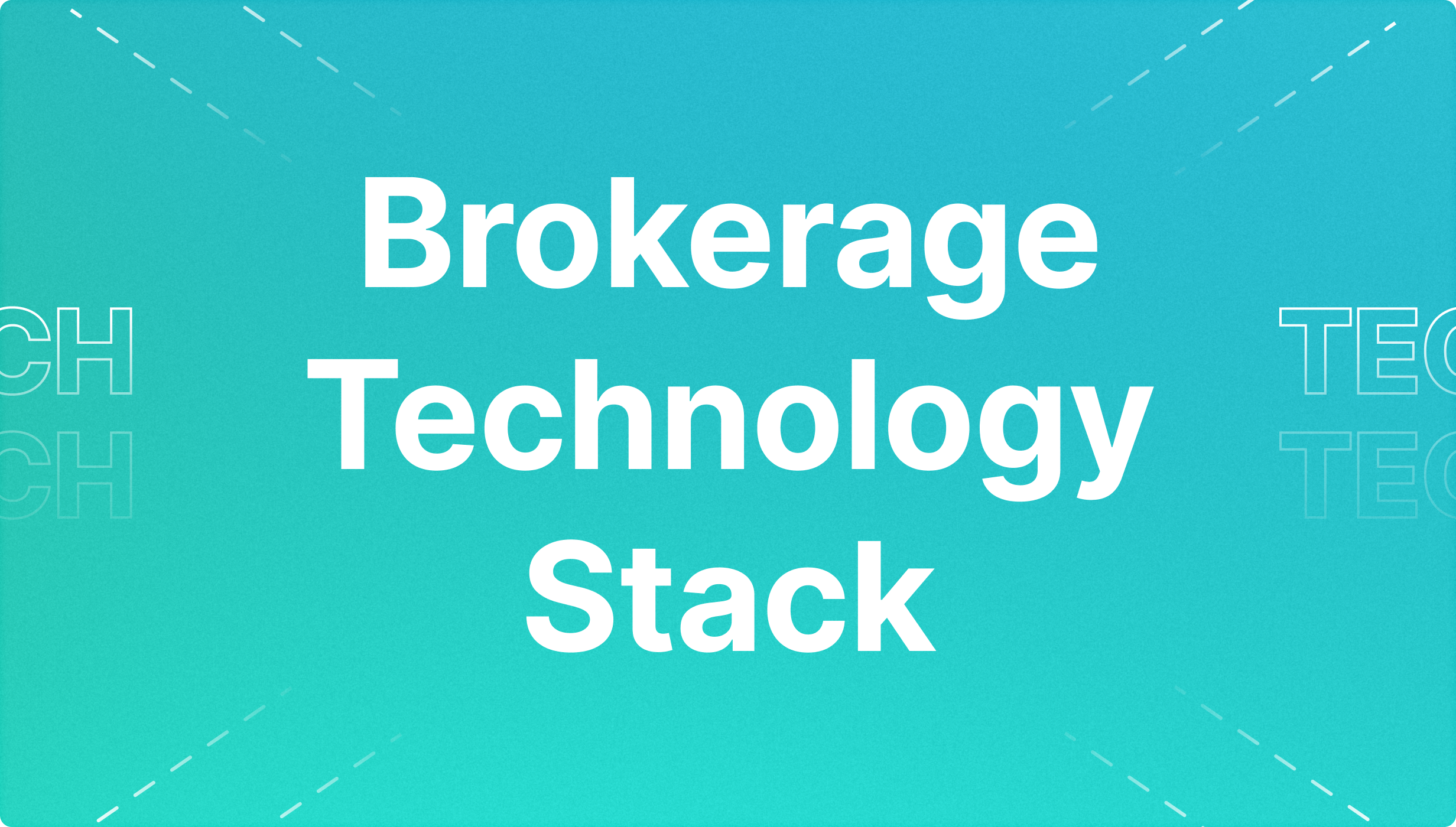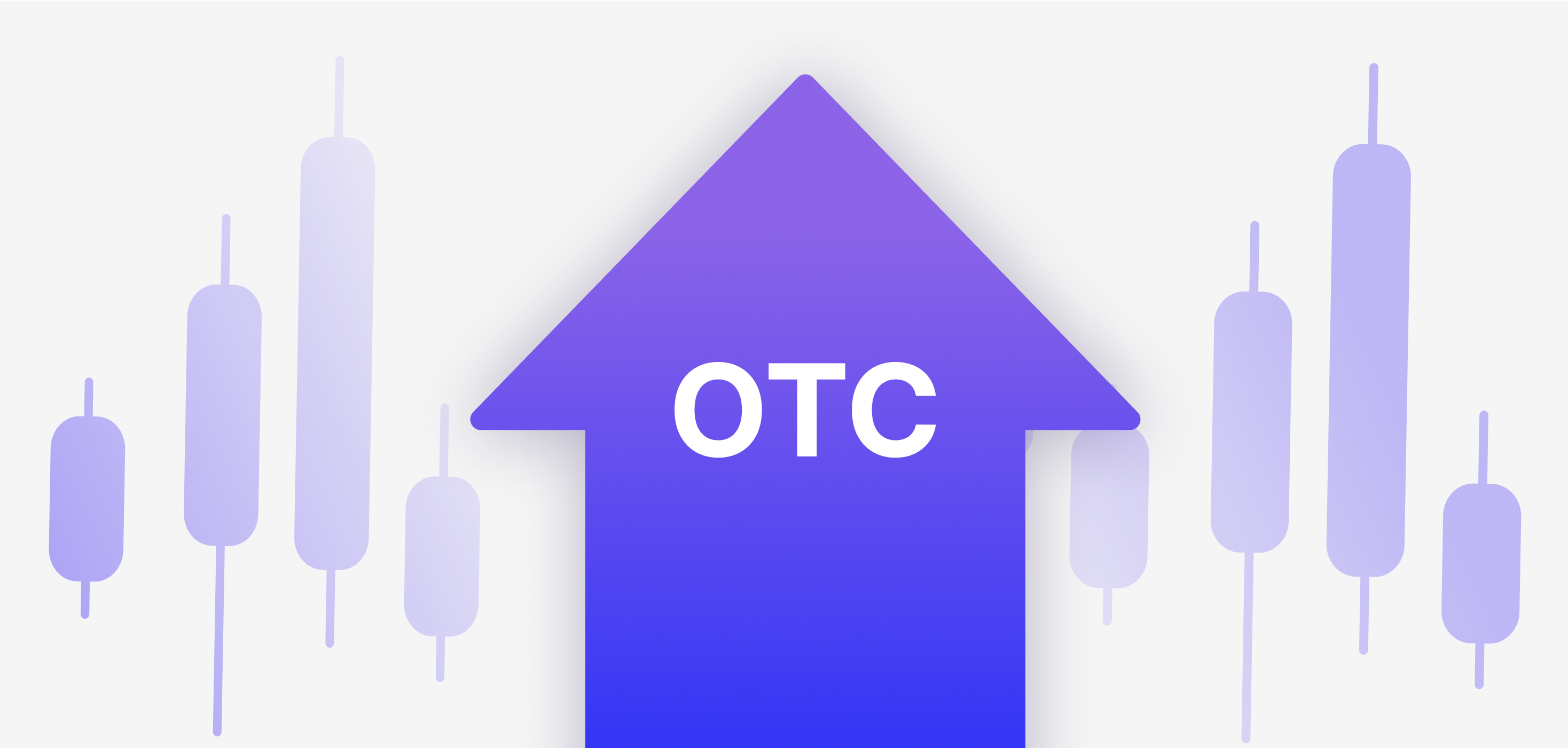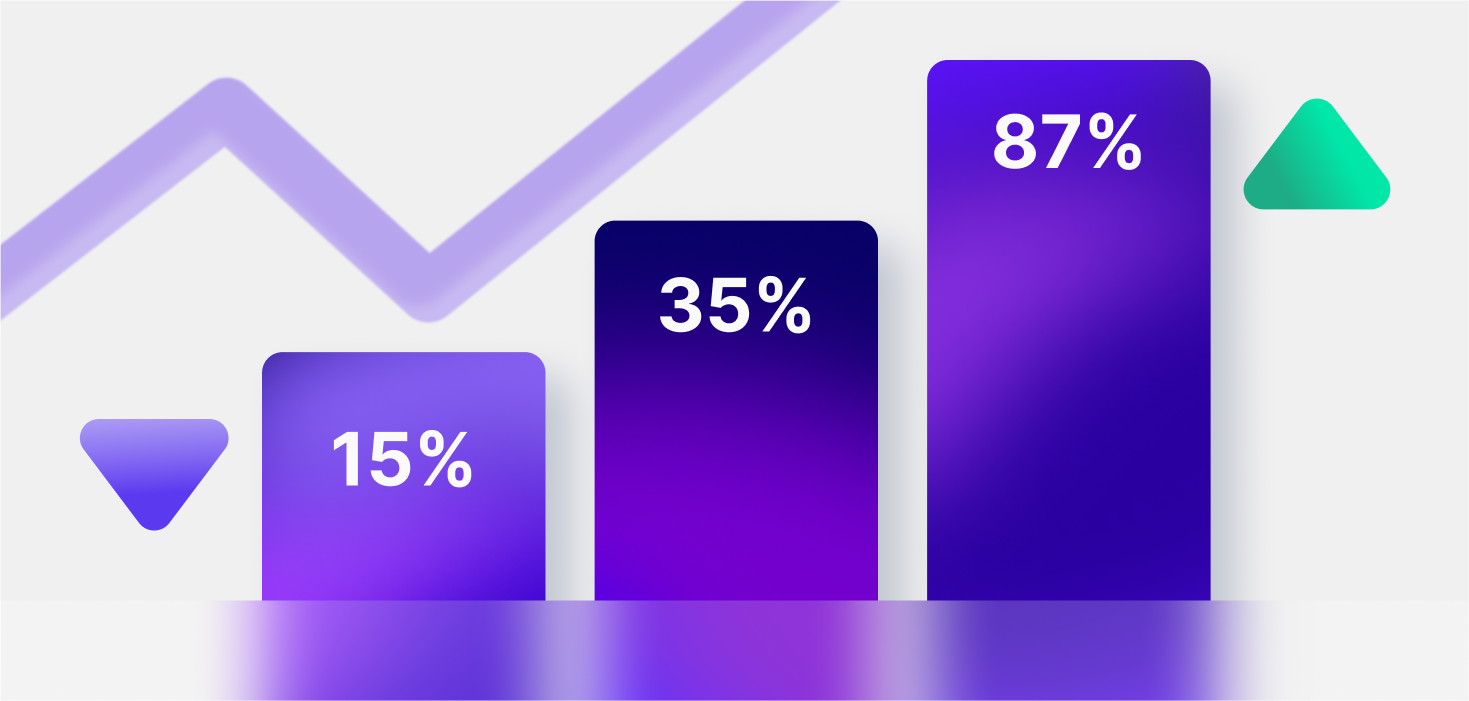What is Social Trading? – Definition
Articles


It is well known that trading and investing in the financial market are becoming increasingly popular due to simple access, affordable initial deposits, and attractive profits. Nowadays, there are several modern methods designed for traders who either can’t or do not wish to be involved in every part of daily trading. For example, they can use social or copy trading, PAMM, or MAM accounts.
These are various trading methods that differ in a range of key aspects. The good thing is that almost every proper Forex broker nowadays offers such a solution.
In this article, we will explain what social trading is and how it works, how it differs from other well-known methods together with some of the key benefits and downsides of these solutions. In the end, we will share some of the most valuable tips and strategies that might help you in social trading.
Firstly, let’s go back in time and look at the history of the whole concept.
History Of Social Trading
For decades, people have been participating in discrete mutual groups. In the past, individuals came together to discuss opportunities to invest and pool their funds for investments. Numerous investment clubs all across the planet were founded as early as the beginning of the last century. Their members were collecting their funds to purchase stocks, which was a costly endeavor at the time and out of the reach of the working class.
The concept of e-commerce was born from emails when the world partially moved onto the Internet. Every time someone wished to execute a particular trade, the only choice to do it as fast as possible was to communicate via email. A pro trader typically sent an email to his peers to initiate a trade while his “followers” listened to his advice and executed the trade. Once it was the right time to close the transaction, a similar email would have been sent to the members to inform them that the trade should be closed.
In 2010, eToro became among the first platforms that launched a “social trading” option in its software. The main focus of eToro, and later its competitors, was to allow customers to copy experienced traders and view the purchases and results of other clients.
Now, let’s take a closer look at what social trading is and what it looks like today.
What Is Social Trading?
An investment method known as social trading involves copying the trades of another trader, preferably with enough experience and solid feedback from other participants in the community. Modern social trading systems enable all investors to quickly and easily watch other traders’ activities. If traders feel they have found the right candidate they want to follow, they observe their trading and replicate similar actions in their portfolios with a few clicks.
The activity is similar to copy trading, in which the participant copies the investments or transactions of a professional trader. However, it is not identical. The distinction is that social trading platforms were designed purposefully for the kind of trading activity where one may have the chance to communicate with professional traders and study from them to improve own investing skills rather than observing an investor and how he trades and then just simply copying their actions.
Thus, every choice you make in social trading is entirely up to you. It is therefore perfect for individuals who seek complete autonomy over their trades. You are the one who decides what risks you take, and you are ultimately in charge of your trades.
On the other hand, if you want an “indirect” experience and are happy to let other traders “do the job,” copy trading might be the right approach.
Worth noticing is that social trading is not necessarily linked to a particular software or website. A recent example is the GameStop hype, which occurred in 2021. Thanks to Reddit-based rumors about the company, investors, commonly described as sole speculators, invested heavily into the shares of this firm. GameStop first skyrocketed, but later it witnessed a selloff due to an unnatural rise in buying interest. Many crypto assets or other “meme stocks” followed. All this “craze” was driven by investors from Reddit and other online communities, which did not stop there.
To understand how “shared” trading is utilized by market participants, we must first mention the most commonly used methods developed to do so.
An investor can consider any trading factors more or less independently with a common social trading account. However, this is not the case with a PAMM or MAM account. When using a PAMM account, money is transferred to a qualified trader who uses the capital to carry out various trades himself. That entrusted trader is accountable for numerous other investors within a given group.
Commissions are yet another difference. With a particular PAMM account, the fund manager typically pays the spread as a fee when entering trading positions. In contrast, copy trading methods are subject to the spread and commission assessed by the trading platform.
While MAM and PAMM share many similarities, they also differ in several ways. The assignment techniques are the fundamental thing separating them.
The fund manager of a PAMM account enables proportional trade allocation to all combined sub-accounts based on balances, equity, or margin level. In this situation, a fund manager may divide trades among sub-accounts based on lots or equity percentages. In comparison, MAM offers a variety of allocation strategies that let traders set the level of risk they want to take.
Now that you are more familiar with social trading, its history, and the differences between the most common methods within this concept, it is time to learn how social trading works.
How Does Social Trading Work?
Thanks to modern technologies, it has never been easier to become a “social trader”. New efficient platforms that provide instant access to financial markets allow programmers to build new social trading systems, allowing both experienced and novice traders to bring up techniques and copy each other’s moves. You can implement the entire setup or specific components using a complete social trading platform.
Many investors might prefer to use a social trading platform that is wholly integrated and allows for complete strategy sharing via an already mentioned copy trading function. It basically works much like a social network site. A member trader can always join another trader’s channel, where positions would be published on a live feed with the opportunity to copy their trades. For example, if Alice conducts a particular transaction, Bob will do the same.
Similar to social networks, the social trading platform offers a similar rating to experienced traders, where they share their trading tactics and other information. Many of them include user reviews and overall performance ratings. Based on that, users have a better chance of choosing the appropriate one.
Moreover, traders could use the social trading concepts while still maintaining command over their transactions by employing a variety of signals and indicators. Social trading can serve as verification for other types of analysis by observing market sentiment and other traders’ activities.
It all sounds great and exciting, indeed. However, everything in this business has its bright and negative sides.
Benefits Of Social Trading
Direct and reliable communication
Most traders join social trading platforms because they look for trustworthy trading information. Additionally, clients have the opportunity to communicate with experienced traders on platforms throughout the world. Therefore, traders have a great chance to talk with professional traders directly and not simply copy their strategies. Progressive platforms offer an integrated chat where you can monitor questions and responses given in real-time.
Learn by actually trading
By enabling you to directly and efficiently study from experts, social trading platforms decrease the cost and time of learning the theory. Instead of spending hours attempting to comprehend some theory, learn it by actually doing it in practice. Many professionals you choose to follow often describe strategies to increase their client base.
Community for investors where they share common goals
Another priceless benefit of utilizing social trading is an investor community where traders regularly communicate and exchange ideas. Using social trading as an online platform, traders can access market data from any location. As a result, traders can immediately and efficiently get information. All they need to have is a solid connection to the Internet.
Drawbacks
Social trading is an unquestionably advantageous idea. Nevertheless, it has drawbacks that you should know about.
Lack of interest
Beginners who decide to join social trading as the initial point of their trading journey might meet the risk of being overconfident and too comfortable. This often happens because they let their transactions in the hands of experts. Therefore, they are basically not learning anything and will remain unmotivated. As a result, the overall risks are perceived as less significant, which might be risky when selecting how much money to invest.
High-risk techniques
When copying high-risk methods, such as scalping, traders must be careful due to the risk level and capital that may differ considerably from those of the trader users they are copying from.
Nothing is guaranteed
Last but not least, remember that every past success of traders does not promise similar performance in the future. Economic and other factors have been experiencing notable transformations recently. This might make it more difficult for some traders to adapt quickly.
Once it is clear what are the pros and cons of the social trading strategy, please feel free to check what are the most widely used methods and tips. However, bear in mind that this is not financial advice.
Social Trading Strategy
Below are several ways how one can benefit from proper strategy:
Follow trustworthy signals
This is meant for novice traders, but even advanced traders could use signals sometimes. To decide whether to place a trade or move on to the following advice, the trader might gain insight into the trade decision made by the professional trader and find out based on what factors he executed the trade.
Subscribe to multiple forums and profiles
Every modern trading platform that offers social trading has designed “zones” for communities of like-minded individuals. It is an excellent concept since the knowledge is being shared free for many. Besides that, many find it engaging and entertaining, similar to social networks, except that here you aspire to make profits and study.
Furthermore, all of these platforms should provide complete details on the trader. Their profile includes other traders they follow, their basic information, trading techniques, and, most importantly, their entire trading history.
Bot (Automated trading system)
A trading bot is a mechanism that includes automated trading systems that place a trade each time the market forms a particular pattern. The execution of transactions by automated trading systems depends on various previously-set criteria and market conditions, as opposed to other forms of social trading that rely on interpersonal interaction with involved peers.
With the help of social trading technologies, everybody can now participate in and earn from the financial markets. Are you seeking benefits from this innovative technology? Then read the last part of this article to get several helpful tips.
Examine multiple platforms – Finding the platform and network that best suits your needs is crucial. Maybe you prefer to follow day traders or people who are putting together long-term portfolios? The choice is yours.
Try a demo account first – Before investing initial capital, especially for newcomers to social trading, register and try a demo account. Once you are familiar with it and feel confident, set up a real account.
Don’t invest more than you can afford to lose – Your trading journey will begin with a few weeks of testing various traders and strategies. It is important to keep in mind that most traders lose capital when they invest in the financial markets. Start slowly to prevent blowing your account.
Follow traders with successful winning rates – Examine whether the trader is consistently succeeding. This sheds light on the prospect of a trader’s success. Note that win-rate at least 50% in the win/loss ratio is generally preferred and considered a solid performance.
Pay attention to how traders act when they lose – There is not a single trader who would not experience a loss in his trading career. The difference between a successful and unsuccessful trader is how they react to a loss. The trader you want to follow should carefully evaluate whether drawdowns frequently occur, how long they last, how long it takes them to “bounce back” from a loss, and whether they are willing to stick to their trading plan.
Bottom Line
The process of getting started with social trading is not difficult. Simply register with a reliable trading platform, look for experienced traders that match your trading preferences, and gradually try to use what you’ve already learned from copying their moves.
As more investors turn to one another for advice on investments, social investing is becoming more and more popular. Depending on where you are in your financial path and where you intend to settle, a social trading strategy may certainly be a method to try at the beginning.
Disclaimer:
NO FINANCIAL ADVICE – The information in this article is provided for education and informational purposes only, without any express or implied warranty of any kind, including warranties of accuracy, completeness, or fitness for any particular purpose. You should not make any decision, financial investment, trading or otherwise, based on any of the information presented in this article without undertaking independent due diligence and consultation with a professional broker or financial advisory.











